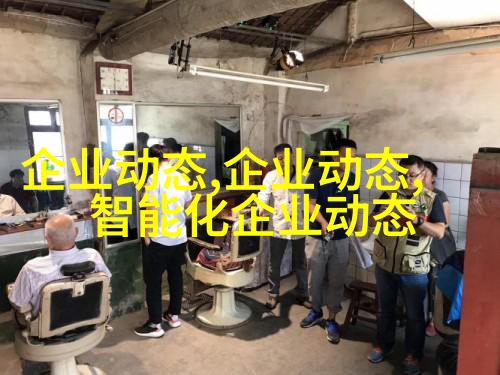2025-05-23 企业动态 0
PE (Polyethylene) is one of the most widely used plastics in the world, offering a range of benefits that make it an ideal choice for various industries. From packaging materials to construction components, PE plays a vital role in shaping our modern society. In this article, we will delve into the world of PE materials by exploring their types and applications through a comprehensive guide.

The term "PE料型号大全" refers to a collection or catalog containing different varieties and specifications of Polyethylene materials. This list serves as an essential resource for manufacturers, designers, and engineers who need to select suitable PE products based on specific requirements.
The versatility of Polyethylene lies in its ability to be formulated with additives that enhance its properties such as impact resistance, UV stability, flame retardancy, etc., making it adaptable for use across diverse sectors.

Let's embark on this journey through the fascinating realm of PE materials:
High Density Polyethylene (HDPE) - A strong yet lightweight plastic with high impact resistance and good chemical resistance.
Low Density Polyethylene (LDPE) - Known for its flexibility and toughness; commonly used in packaging solutions like plastic bags.

Linear Low Density Polyethylene (LLDPE) - Offers excellent balance between strength and flexibility; utilized in films like shrink wrap.
Ultra High Molecular Weight Polyethylene (UHMWPE) - Exhibits exceptional wear resistance and abrasion properties; often found in industrial bearings.

Cross-Linked Polyethylene (XLPE) - Combines superior mechanical strength with enhanced insulation performance; frequently employed in power cables.
Beyond these standard types lie specialized forms tailored for unique purposes:
Plasticizers-modified HDPE - Enhances softness while maintaining durability; ideal for flexible containers.
Antimicrobial HDPE – Combines antimicrobial agents with traditional HDPE formulations preventing bacterial growth on surfaces made from this material type.

Reinforced HDPE – Reinforced with fibers or fillers like glass or talc resulting in improved tensile strength without sacrificing light weight advantages associated with pure polyethylenes.
In addition to these categorized classifications within the vast spectrum of PE materials are numerous blends where multiple polymers are combined together to create hybrid compounds offering custom-tailored properties catering specific market demands:
9.PE/PVC Blends: Combinations including PVC offer improved heat deflection temperature along side better processability compared solely using PVC
10.PE/EVA Blends: EVA adds increased elasticity & cold temperature performance alongside reduced brittleness when blended into polyethylenes
By understanding each type's unique characteristics within your "pe料型号大全," you can make informed decisions regarding product selection based upon desired outcomes such as cost-effectiveness versus superior quality standards or environmental considerations against safety regulations compliance needs during manufacturing processes involving certain chemicals which may react differently under different conditions among others reasons why selecting appropriate grade matters greatly here too so always do research before finalizing any purchase order at end-of-the-day though isn't there more? Absolutely! Let us explore further aspects related but not limited just here because let me tell you something quite interesting about how some researchers have discovered recently that adding special kinds particles called nanomaterials could significantly increase both stiffness modulus values while also enhancing fatigue life expectancy thus potentially leading towards development breakthroughs especially considering current trends around sustainability initiatives worldwide now wouldn't that be amazing if we could see widespread adoption soon enough?
上一篇:一体化机柜集成效率的新标准
下一篇:沙漠之心干燥设备的无尽追求